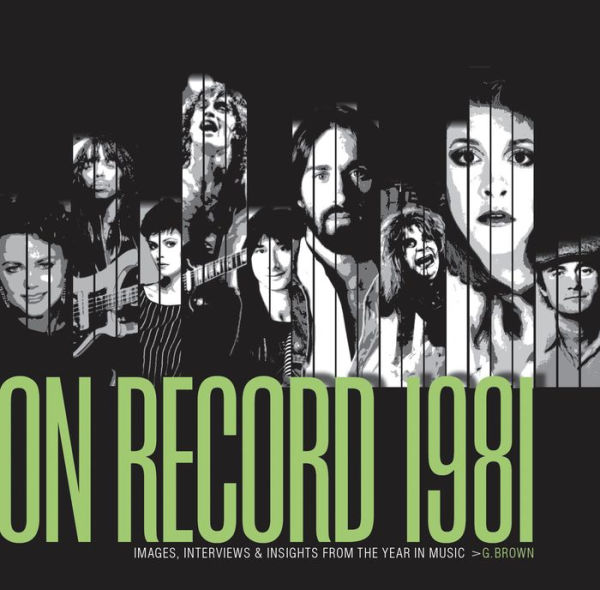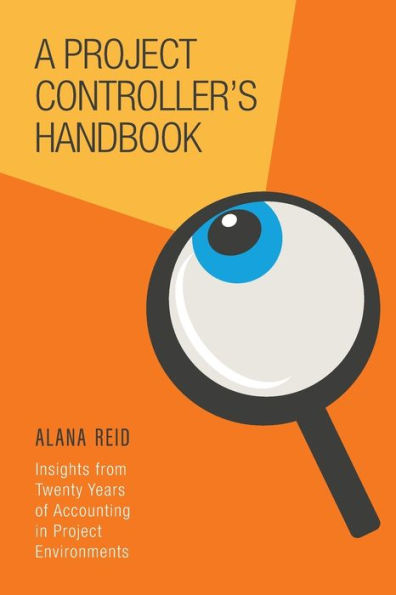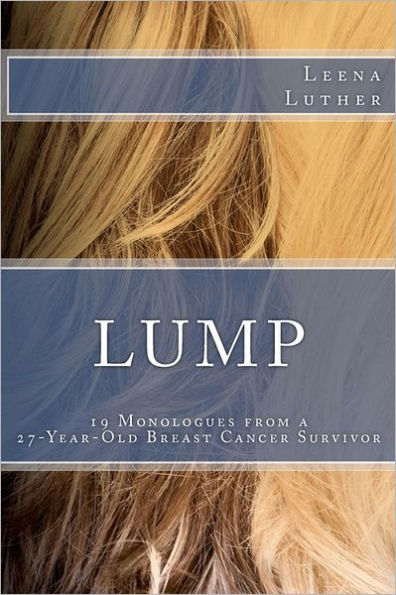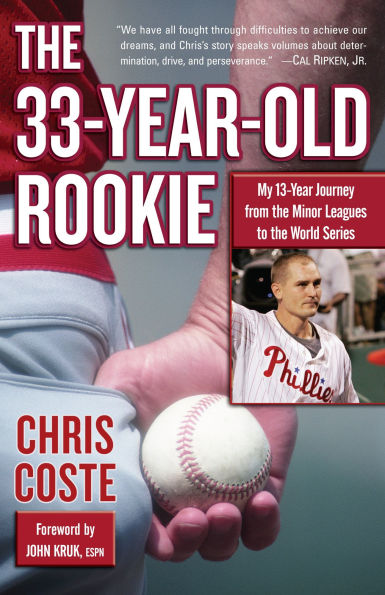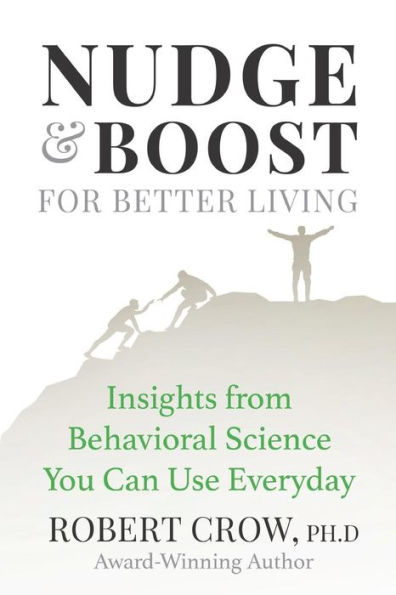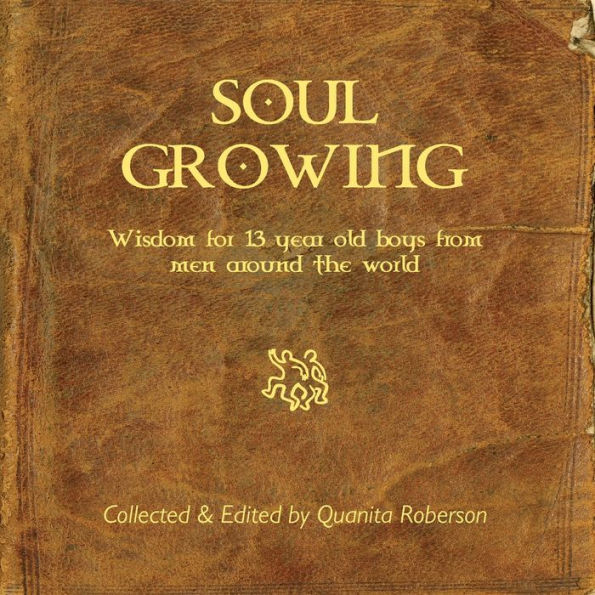Home
Joe Schmo Can Catch a Big Fish: Insights from a 61 year old River Woman
Barnes and Noble
Loading Inventory...
Joe Schmo Can Catch a Big Fish: Insights from a 61 year old River Woman
Current price: $30.00
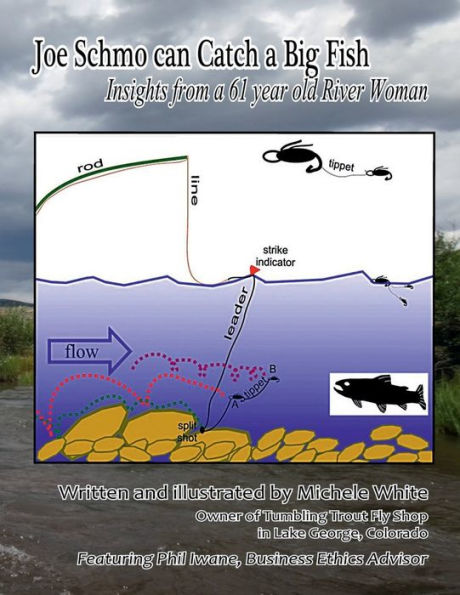
Barnes and Noble
Joe Schmo Can Catch a Big Fish: Insights from a 61 year old River Woman
Current price: $30.00
Loading Inventory...
Size: OS
*Product information may vary - to confirm product availability, pricing, shipping and return information please contact Barnes and Noble
Why buy this book? Because this is the best book for Joe Schmo and his wife Shirley. It's simple to read and unique. There are lots of hand-drawn cartoons and illustrations. If you don't like silly insights, you might not like this book. Nearly every day in my fly shop, I commonly tell Joe Schmo (or Shirley) how to catch a big fish in our local waters. I show them hand-draw diagrams and put their flies on top of the picture. I explain what is happening blow-by-blow with the fish and the flies underwater. Then, I send them on their way. They usually come back to tell me how useful this chat was and to show me their fish-on-a-phone. (I get a lot of "fish-on-a-phone" stuck in my face.) I decided to put my daily advice in writing, starting the book with walking up to the stream and fishing, then putting the parts about picking a rod and selecting flies at the end. That may seem out of order but that's how I operate: I go and do things first. Afterward, I seek the details. Joe Schmo can take the rod he just bought (he'll call it a pole for a while) from a general sporting goods store and if he reads the first chapter of this book, he may have a good chance at catching a fish. Maybe even a big fish.
Why buy this book? Because this is the best book for Joe Schmo and his wife Shirley. It's simple to read and unique. There are lots of hand-drawn cartoons and illustrations. If you don't like silly insights, you might not like this book. Nearly every day in my fly shop, I commonly tell Joe Schmo (or Shirley) how to catch a big fish in our local waters. I show them hand-draw diagrams and put their flies on top of the picture. I explain what is happening blow-by-blow with the fish and the flies underwater. Then, I send them on their way. They usually come back to tell me how useful this chat was and to show me their fish-on-a-phone. (I get a lot of "fish-on-a-phone" stuck in my face.) I decided to put my daily advice in writing, starting the book with walking up to the stream and fishing, then putting the parts about picking a rod and selecting flies at the end. That may seem out of order but that's how I operate: I go and do things first. Afterward, I seek the details. Joe Schmo can take the rod he just bought (he'll call it a pole for a while) from a general sporting goods store and if he reads the first chapter of this book, he may have a good chance at catching a fish. Maybe even a big fish.


